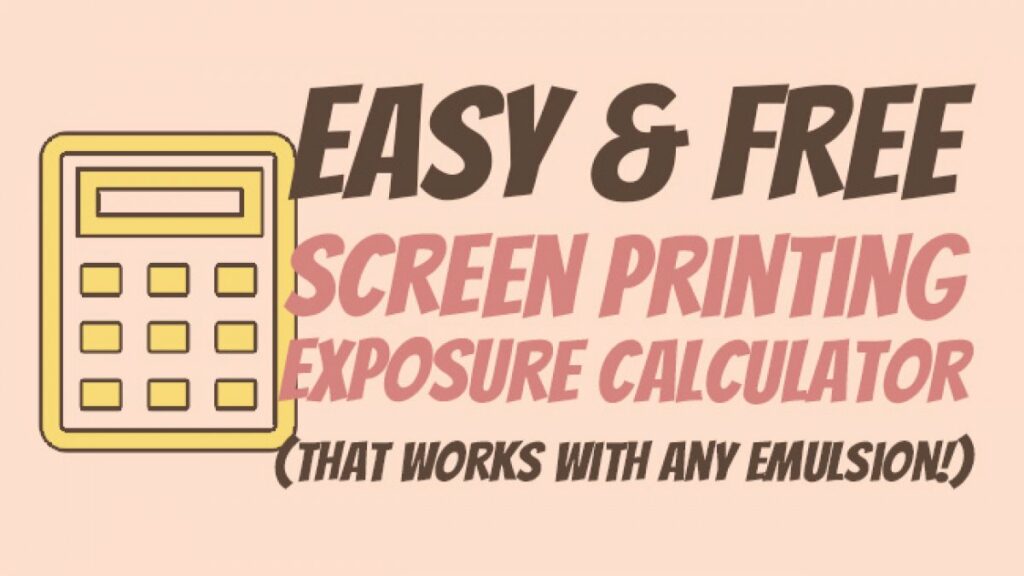Printer
Precision Printing: The Power of an Exposure Calculator
When it comes to screen printing, accuracy is key. This is where the power of an exposure calculator comes into play. Precision Printing is a company that understands the importance of achieving perfect results for their clients.
Have you ever experienced frustration due to poorly exposed screens resulting in imperfect prints? You are not alone. The truth is that many screen printers struggle with inconsistency in their printing process. Precision Printing recognizes the need for reliable exposure times and precise exposure calculations to ensure consistent results.
Our latest article explores how the use of an exposure calculator can revolutionize your screen printing process. From saving time to reducing waste, the benefits are numerous. Even more, we delve into why Precision Printing chose to invest in such technology to offer our clients top-quality results every single time.
Don’t let inconsistencies dampen your enthusiasm for screen printing. Instead, take control of your process with the power of an exposure calculator. Read on to find out more about how Precision Printing implements this technology in our work and how you too can benefit from it.
“Exposure Calculator Screen Printing” ~ bbaz
Comparison: Precision Printing and an Exposure Calculator
Introduction
Precision Printing
The Power of an Exposure Calculator
Accuracy and Precision
Speed and Efficiency
Flexibility and Adjustability
Cost and Accessibility
Conclusion
Precision Printing: The Power of an Exposure Calculator
Thank you for taking the time to read about Precision Printing and the importance of using an exposure calculator. We hope that this article has shed some light on the benefits of having a tool that accurately determines the correct exposure time for your printing needs.
At Precision Printing, we understand the frustration that comes with wasted time and materials due to improperly exposed prints. That’s why we developed our own exposure calculator, which takes into account variables like mesh count, emulsion thickness, and bulb wattage to give you the perfect exposure time every time.
We encourage you to try out our exposure calculator for yourself and see the difference it can make in your printing quality and efficiency. Don’t settle for mediocre results – take control of your printing process with precision and accuracy, thanks to Precision Printing.
People also ask about Precision Printing and the power of an exposure calculator:
-
What is an exposure calculator?
An exposure calculator is a tool used in precision printing to determine the correct exposure time for a specific screen and emulsion combination. It contains a series of small, evenly spaced dots that are exposed onto a piece of film. The dots should be evenly spaced and range in size from small to large. By comparing the resulting print to a reference guide, the correct exposure time can be determined.
-
Why is an exposure calculator important?
An exposure calculator is important because it ensures consistent results in precision printing. Without an accurate exposure time, prints may be underexposed or overexposed, resulting in poor image quality, loss of detail, and wasted materials. Using an exposure calculator helps to eliminate these problems and improves the overall quality of the print.
-
How do you use an exposure calculator?
To use an exposure calculator, place it onto the screen with the emulsion side facing down. Expose the screen according to the manufacturer’s instructions, making sure to use the correct light source and distance. Once the exposure is complete, develop the screen and compare the resulting print to the reference guide. Adjust the exposure time as needed until the print matches the guide.
-
Where can I purchase an exposure calculator?
Exposure calculators can be purchased from most screen printing supply companies. Look for one that is compatible with the emulsion and screen mesh you are using, and make sure to follow the manufacturer’s instructions for use.

